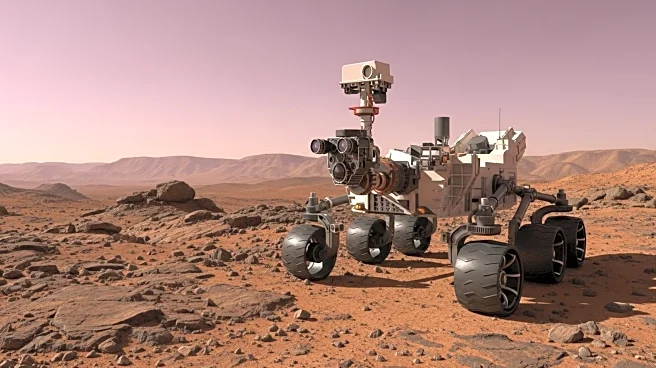What is the story about?
What's Happening?
NASA scientists have developed the StarryStarryProcess, a technique using exoplanet transits to study stellar spottiness. This method builds on the transit method used by TESS and Kepler missions, providing insights into starspots and their impact on light curves. The process helps determine star activity, tilt, and planetary orbit angles, enhancing understanding of both stars and planets.
Why It's Important?
The StarryStarryProcess offers a deeper understanding of stellar characteristics, which is crucial for accurate exoplanet studies. By distinguishing between star and planet signals, astronomers can better assess habitability factors like water vapor presence. This technique enhances the precision of exoplanet research, contributing to the broader field of astrobiology and the search for life beyond Earth.
What's Next?
The StarryStarryProcess will be applied to data from the upcoming Pandora satellite, which will observe exoplanets in multiple wavelengths. This advancement will refine the study of planetary systems, aiding in the identification of habitable worlds. Continued research will focus on integrating this method with observations from other missions, expanding its applicability.
AI Generated Content
Do you find this article useful?














